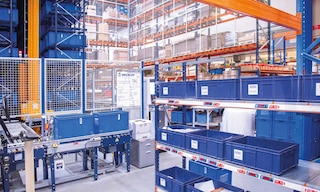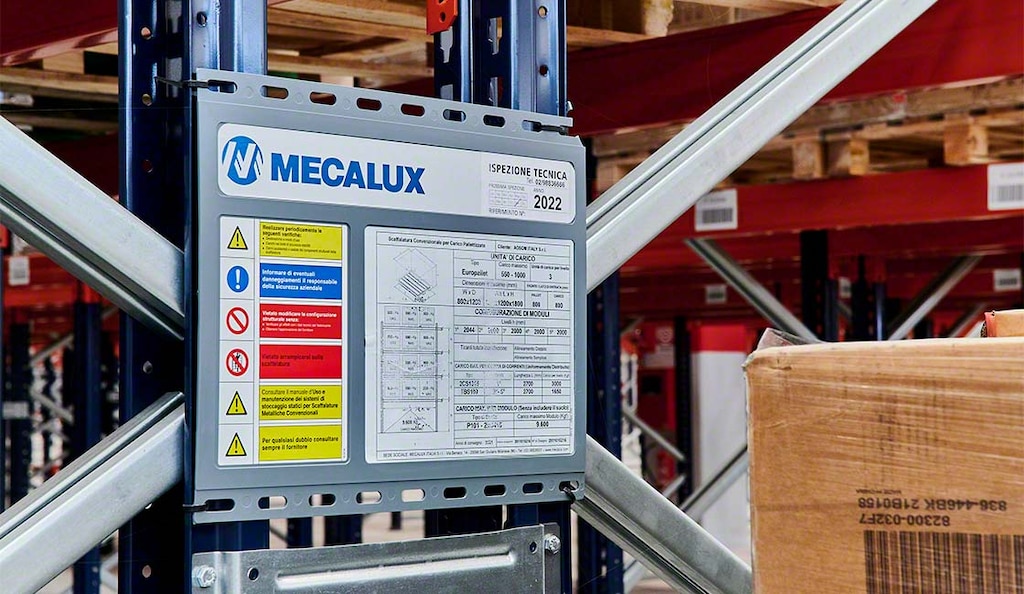
Types of suppliers: examples and how to choose the best
A company’s efficiency and continuity are intricately linked not only to its internal organization and products but also to those of its suppliers. Almost no enterprise generates all the resources it needs for its operations independently. Therefore, the ability to establish relationships with third parties and identify the most competent allies is a key skill for business survival.
What is a supplier?
A supplier is a person or company that provides others with the goods or services needed to support their production. There are different types of suppliers in the market, each serving a specific need within the supply chain. While classifications may vary, in general, supplier categories comprise wholesalers, manufacturers, and importers.
Dividing work between internal suppliers — those belonging to the company — and external suppliers offers certain advantages. For example, it allows for greater specialization, as external suppliers’ organizational structures are designed specifically for their tasks. Additionally, their skilled workforce is trained for the work it does and has extensive experience, having executed similar projects for other clients.
Types of suppliers
There are several ways to classify these traders and identify the most suitable for each project. Moreover, a distinction can be made between service providers and suppliers of goods. Likewise, business-to-business (B2B) suppliers exclusively cater to other companies and do not sell to individual consumers.
By enterprise model
A manufacturer of a product can entrust its distribution to another organization or become a supplier of these goods to third parties. This scenario offers advantages to end customers, as it may give them access to options such as item customization. Other examples of suppliers include wholesalers and importers. Both function as intermediaries. Wholesalers purchase goods in bulk and often import products for resale. Traders, meanwhile, do not purchase or store merchandise: they manage and facilitate orders, acting as the visible face that supplies the materials.

By location
Another way to classify the various types of suppliers is by their location and distribution network. This is a factor to consider for companies requiring services in different countries or communication in multiple languages.
- Local suppliers are based in the same city or region as the business, which is beneficial in terms of logistics and communication.
- National suppliers operate in the same country as the organization, providing control over the process with short delivery times.
- International suppliers export their products or services to different countries, allowing them to offer more competitive prices at times.
- Remote suppliers leverage digitalization and technologies to work from anywhere in the world without the need for their physical presence.
By product type
Suppliers can either be more or less relevant to a company depending on the goods they provide:
- Suppliers of non-critical (routine) goods. These products are of low value and easily accessible, making suppliers easily replaceable. Therefore, they should strive to provide top-notch service.
- Suppliers of leverage items. Higher in value, leverage merchandise often accounts for a significant portion of the final product’s selling price. In this case, it’s essential to have an excellent demand forecasting method in place.
- Suppliers of bottleneck products. These businesses sell merchandise that’s hard to come by and not always available. It’s advisable to stay on good terms with them to prevent shortfalls in the future.
- Suppliers of strategic goods. These are typically leaders in product supply due to a lack of significant competition.
By relationship with the organization
Suppliers can be external, belonging to other enterprises, or internal (i.e., employees). While external suppliers are companies that provide goods or services so that their clients can conduct their business successfully, internal suppliers form part of the enterprise’s own workforce. Thus, a department can become an internal supplier if, for instance, it provides reports, market studies, or other types of services to other units within the organization.

By frequency of services
Suppliers can be regular or sporadic. The former provide service on a daily and scheduled basis, which can result in a closer business relationship. This can also involve additional streamlining of processes and product payments. Sporadic suppliers, on the other hand, come into play in specific situations. Hence, organizations can contract them on a seasonal basis or in the case of an unforeseen event, e.g., an unplanned repair.
5 keys to choosing a supplier
With so many possibilities, how do you pick the right supplier? Here are some aspects to consider before entering into a business relationship:
- Company reputation. Working with organizations that have built a solid reputation among their clientele is usually a guarantee that they’ll provide good service. Compiling information about the supplier, researching the clients they’ve worked with, and gathering testimonials before committing will enable you to select reliable, responsible partners.
- Certifications. Quality benchmarks like the ISO 9001 standard are additional assurances regarding the quality of the supplier’s work.
- Compliance with delivery deadlines. To support their clients’ projects, suppliers must recognize the importance of meeting established delivery times and act accordingly. Being proactive and responding promptly to needs are considerable plus points.
- Value for money. It’s a good idea to compare several services before deciding on one. Bear in mind that a high price is not always a mark of quality.
- After-sales service. Companies that don't disappear after closing a sale and provide follow-up services such as technical assistance or maintenance provide added confidence.
Supplier management
The supplier selection process starts with analyzing an offer and assessing your own needs. After evaluating the benefits and risks of this new professional relationship, the next step is the contract negotiation, where you’ll determine the terms for the exchange of goods or services.
Lastly, and once the business relationship has commenced, it’s vital to obtain feedback and conduct a performance review. This will indicate whether it’s in your best interests to continue working with the organization you selected initially. Alternatively, you’ll know it’s time to go back to square one and choose among different types of suppliers again.
Both suppliers and manufacturers require warehouses and logistics processes that run without a hitch. At Interlake Mecalux, we provide a first-rate warehouse management system (WMS) and comprehensive warehouse automation solutions. We’re here to help you plan and modernize your logistics facility to boost your market competitiveness. Reach out to us anytime for expert advice on intralogistics and storage solutions.
